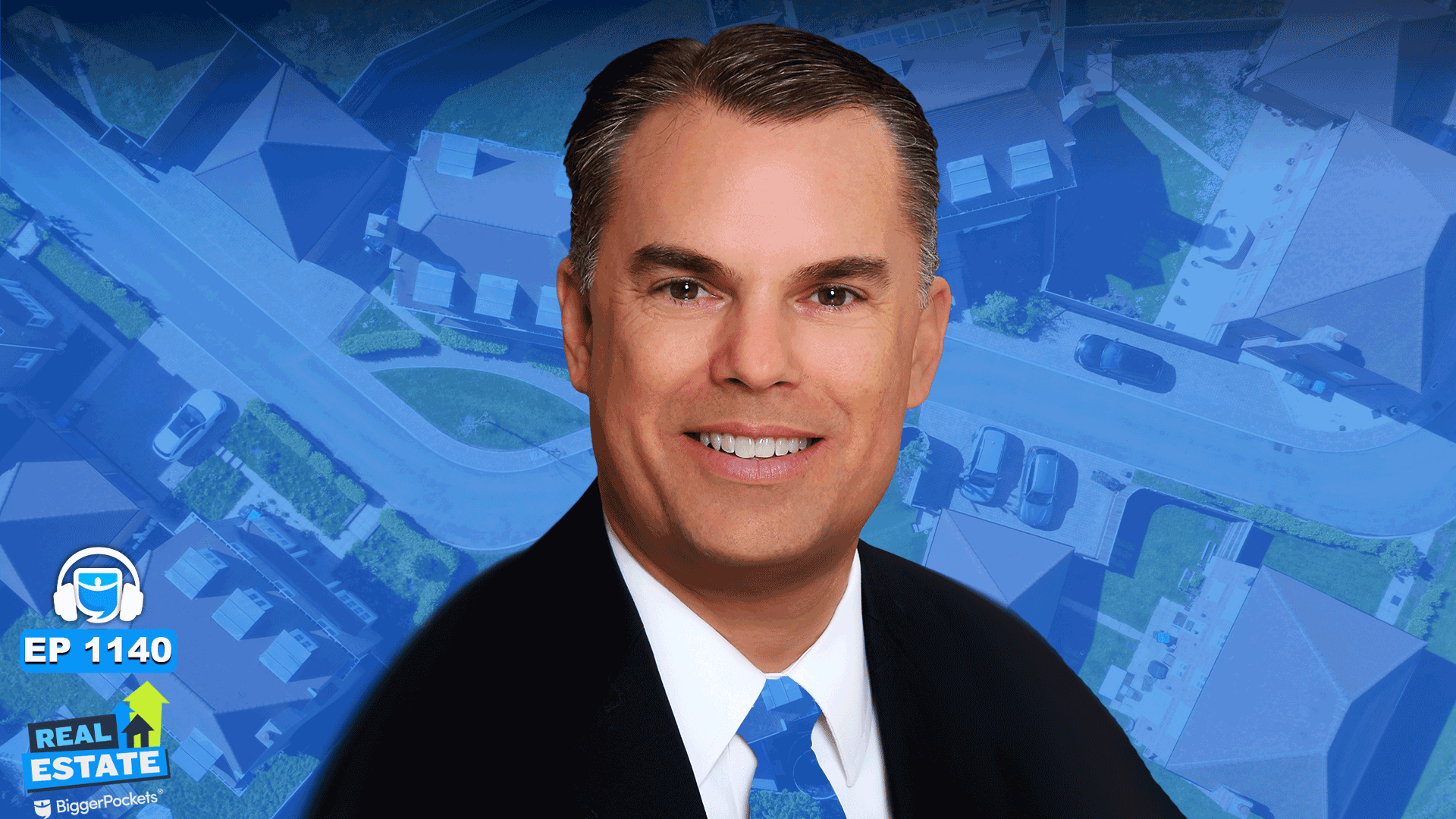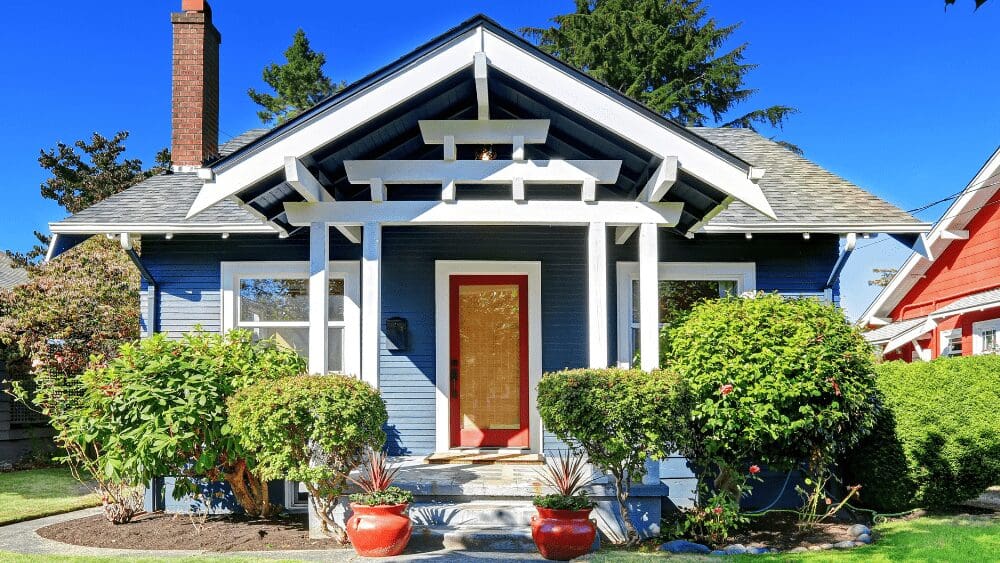An aerial image of residential properties in Sydney
Interstate buyers and investors who had previously set their focus on smaller capitals are now shifting their interest back to larger cities due to lagging growth.
Following this year’s two interest rate cuts, new data has revealed momentum building in inner and middle suburb rings of Sydney and Melbourne as buyers anticipate further rate cuts before the year’s end.
There was also a noticeable trend of sellers in outer suburbs cashing in, upgrading into more expensive areas.
InvestorKit’s latest whitepaper report breaks down how inner, middle and outer suburb rings are performing across Australia’s five largest cities of Sydney, Melbourne, Brisbane, Adelaide and Perth.
MORE: ‘Secret’ inner suburb where buyers get better value
Arjun Paliwal of InvestorKit said interest rate relief is breathing life back into Sydney and Melbourne
The report highlighted key suburb trends across the past three and 12 months and revealing some clear market shifts.
The data revealed investor and homebuyer interest nationally is shifting to opportunities in Sydney and Melbourne, with momentum rotating away from Brisbane, Adelaide and Perth, which outperformed over recent years.
A media release from InvestorKit highlighted the two interest rate cuts of 0.25 per cent in February and May triggered a clear uptick in market pressure across Sydney and Melbourne – particularly within inner and middle suburban rings.
InvestorKit CEO and head of research Arjun Paliwal said that buyers gravitated to more affordable markets and outer suburban areas after the RBA began raising interest rates in 2022 and 2023.
MORE: Aussie’s bizarre mannequin obsession
City of Sydney harbour waterfront
“But after three years of robust growth, many of those markets have reached a more mature phase,” Mr Paliwal said. “Their affordability advantage has narrowed and their short-to medium-term growth potential although healthy is becoming limited.”
Mr Paliwal said this is leading to a “rebalancing” as interest rate relief is breathing life back into Sydney and Melbourne’s inner and middle suburbs.
“These are markets where investors and owner-occupiers are now increasingly looking for opportunities as affordability edges back into the conversation,” he said.
The analysis of sales, rental market pressure, price trends and affordability across Australia’s five largest cities separates suburbs into three distinct rings of Inner (the central business district and neighbouring suburbs), Middle (established areas surrounding the Inner Ring) and Outer (the outermost areas of each city).
Family celebrate after purchasing the Mortlake Townhouse at auction. Picture: Jeremy Piper
The data revealed four key inner and middle suburbs gaining traction in the latest quarter.
Leichhardt in Sydney’s inner ring three-month medium price reportedly saw a jump in quarter one, likely driven by February’s rate cut and increased owner-occupier demand.
The release stated sales market pressure is also improving, as indicated by declining inventory levels and the rental market tightening with vacancy rates trending downward.
The second suburb in Sydney was Pennant Hills, Epping in the middle ring which showcased a steady growth over the past year, while the three-month trend showed a notable jump in early 2025, also likely due to the rate cuts.
Yarra River and the city skyline of Melbourne, Victoria, Australia
Yarra, in Melbourne’s inner ring, recorded median price growth in 2025 first quarter, boosted by the February rate cut.
Rental market pressure for Yarra is said to be remaining tight with persistently low vacancy rates.
The second of the Melbourne suburb’s listed was Brimbank, which was said to have a three-month rolling price growth accelerated in quarter one with rental market pressure said to be easing slightly with vacancy rates still remaining low.
Sales market pressure was improving for both suburbs, indicated by declining inventory and stable days on market.



















 English (US) ·
English (US) ·